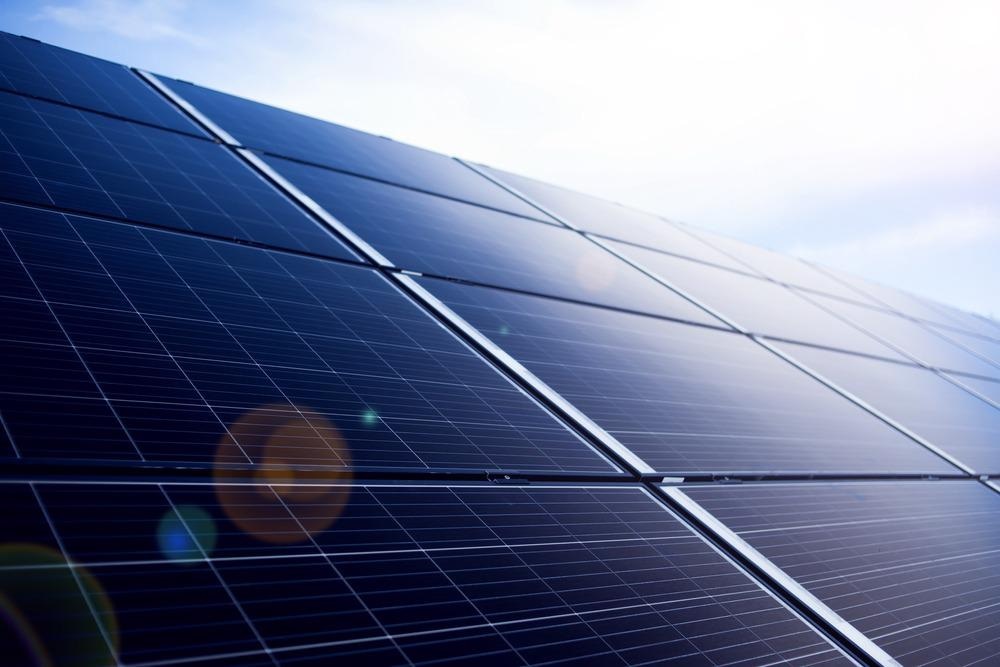A recently published paper from the journal Nano Energy investigated the usage of nano-enhanced phase change materials and nanofluids (NF) in photovoltaic/thermal (PV/T) devices for thermal energy storage.

Study: Recent Advances on the Role of Nanomaterials for Improving the Performance of Photovoltaic Thermal Systems: Trends, Challenges and Prospective. Image Credit: aleks333/Shutterstock.com
The paper focuses on the impact of nanotechnology on the physical and thermal characteristics of phase change materials at different operational temperatures, including heat conduction, undercooling, latent heat, time period and temperature for phase change, density, viscosity, and thermal cyclic durability.
Need for Photovoltaic Thermal Systems
As light from the sun is earth's most plentiful and freely obtainable power resource, solar energy (SE) has emerged as a critically important sustainable energy resource to fulfill the world's ever-increasing energy needs.
SE has been discovered to show great promise in reducing the dependency on fossil fuels, mitigating globally rising temperatures, and minimizing climate change scenarios like ice cap melting and deterioration of the ozone layer. PV systems translate SE into electric energy (EE).
Based on the kind of photovoltaic cell and ambient conditions, around 10-20 percent of SE is transformed to EE, whereas the remainder is soaked up and reflected by the PV system components as thermal energy (TE), also known as heat losses. The PV system's uses are restricted because of its poor translation efficiency and increased thermal output.
Raising thermal capacity is a realistic method of lowering heat production. The PV/T arrangement is one of the most effective ways for increasing heat capacitance.
Thermal Energy Storage Systems and Phase Change Materials
Thermal energy storage (TES) systems' main purpose is to retain heat energy for future use instead of discharging it out into the surroundings. TES devices are divided into two types: physical storing devices and chemical storing devices.
Physical storing devices are then subdivided into latent and sensible thermal storing devices. Phase change materials (PCMs) are those that retain latent thermal energy and are made of materials with a greater latent thermal storage capacity, enabling absorption and discharge of greater heat energy during the liquification and solidification stages, and they have the ability to retain latent thermal energy without changing even after a number of phase changes.
Nano-enhanced PCMs (NEPCMs) are created by integrating nanoparticles into PCMs. Owing to the distribution of NPs, the physical and thermal characteristics of PCMs and NEPCMs vary. Due to their beneficial impacts on PV unit cooling and heat management, as well as higher energetic and exergetic efficiency, the usage of nanomaterials in PCMs has attracted a lot of attention.
Key Findings
This paper presents a thorough investigation of the impact of nanotechnology on the operation of PV/T systems. The PV/T combination was determined to be more useful than using independent units for thermal and electric components as the photovoltaic component modulates the UV and visible sections of the spectrum of solar irradiation, whilst the thermal component uses the IR spectrum of the solar irradiation and the heat losses from the PV component.
The PCM element in PV/T devices lowers the rise of backside heat of PV panels when exposed to sunlight. The governing features for energy storage in TES purposes include the PCM type, the size of the PCM block, and the charging air flow rate. Furthermore, PCM heat regulation is superior to other heat regulation approaches such as hydraulic cooling, heat pipe cooling, and so on.
The usage of PCM is useful in controlling the heat elevation of the solar panel. A PCM's thermal effectiveness is primarily determined by its heat mass and heat conductance. The latent heat of liquification and solidification reduces as the proportion of hybridized nanocomposites increases. The heat conduction of NEPCM is typically determined by the kind of nanoparticles, the particle geometry, size and quantity of particles, and NP aggregation.
The Van der Waals and repulsive forces are responsible for particle aggregation. Aggregation happens when Van der Waals forces are dominating.
Future Research Areas
Potential fields of study include experimental evaluation of the protracted effect of NEPCM on the PV/T combination, cost assessment for the use of metallic foams in PV/T mechanisms, understanding the influence of intermolecular encounters on the improvement of heat conduction, and the influence of power and ultrasonication duration on the fabrication of NEPCM.
Furthermore, an in-depth investigation of NP aggregation in the PCM during cooling and heating operations could be done.
The effects of hybridized and magnetic nanofluids on the functioning of the PV/T-NEPCM combination may also be examined. The technological, financial, and environmental dependability of the PV/T system integrated with NEPCM must be assessed.
Continue reading:Improving Epoxy Resin with Flower-Like Nanoparticles.
Reference
Tyagi, P. K., Kumar, R., & Said, Z. (2021). Recent advances on the role of nanomaterials for improving the performance of photovoltaic thermal systems: Trends, challenges and prospective. Nano Energy. Available at: https://www.sciencedirect.com/science/article/pii/S2211285521010831?via%3Dihub
Disclaimer: The views expressed here are those of the author expressed in their private capacity and do not necessarily represent the views of AZoM.com Limited T/A AZoNetwork the owner and operator of this website. This disclaimer forms part of the Terms and conditions of use of this website.